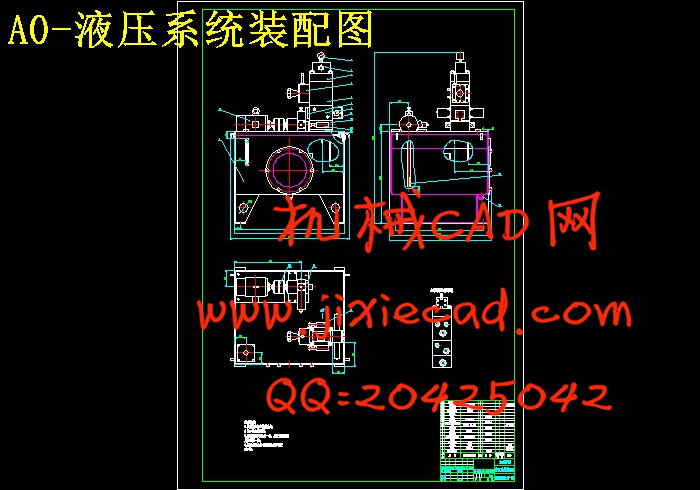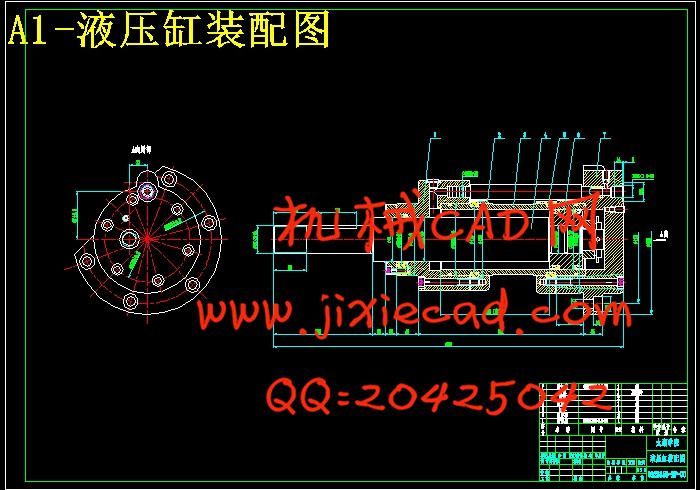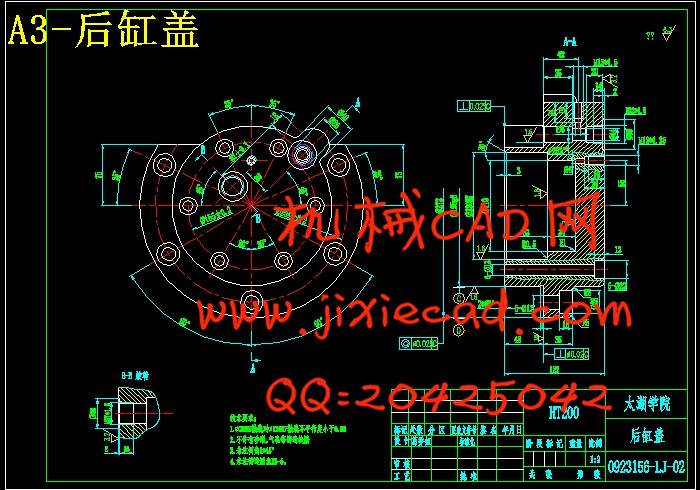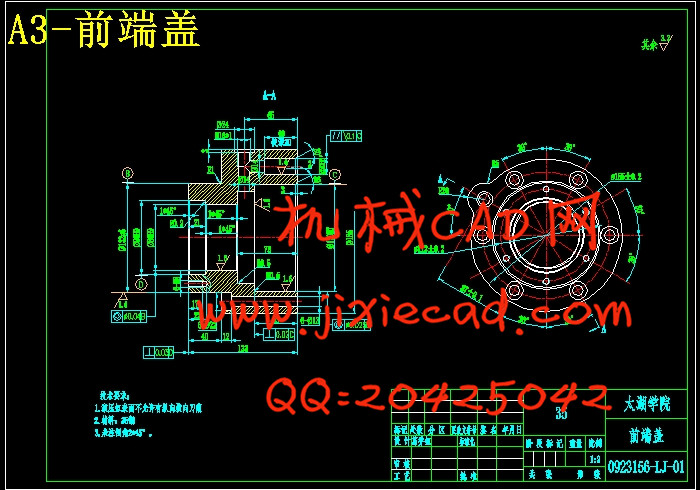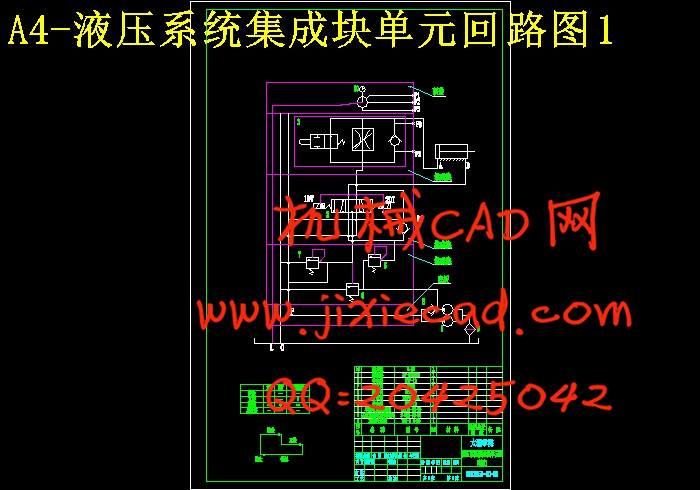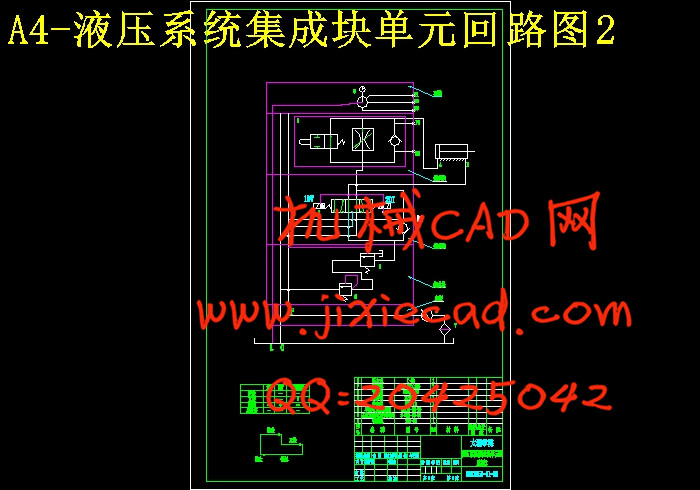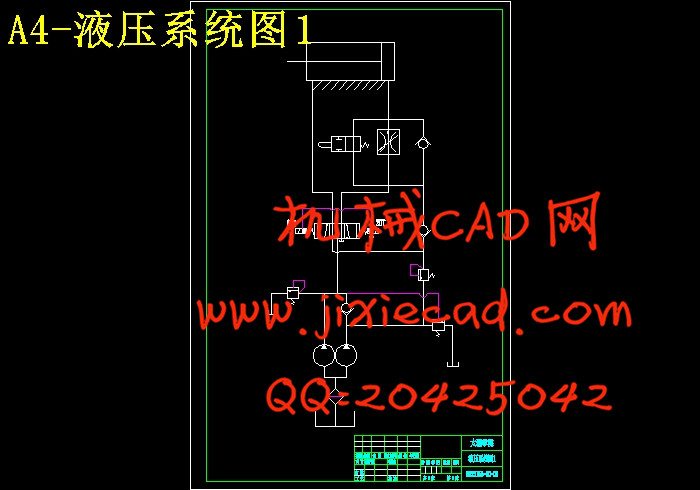设计简介
摘 要
液压系统具有广泛的工艺适应性、优良的控制性能、反应快、输出力(或力矩)大等优点,在组合机床中被广泛采用。液压系统是以电机提供动力基础,使用液压泵将机械能转化为压力,推动液压油。通过控制各种阀门改变液压油的流向,从而推动液压缸做出不同方向的动作。液压传动技术是机械设备中发展最快的技术之一,特别是近年来与微电子、计算机技术结合,使液压技术进入了一个新的发展阶段,机、电、液、气一体是当今机械设备的发展方向。在组合机床设备中已经广泛引用液压技术。作为机电一体化专业的学生初步学会液压系统的设计,熟悉分析液压系统的工作原理的方法,掌握液压元件的作用与选型及液压系统的维护与修理将是十分必要的。
本论文主要介绍了液压系统的设计(包括系统工况分析,拟定液压系统原理图,液压元件的计算和选择以及液压系统的性能验算等)、液压缸主要零部件的设计及其结构设计。
关键词:液压系统;液压传动;组合机床
Abstract
Hydraulic system with a wide range of adaptability, excellent process control performance, fast response, output force (or torque) and other advantages of combined machine tools that are widely used. hydraulic system is based on motor power,using hydraulic pump convert mechanical energy into pressure,promoting the hydraulic oil.Through various control valves to change the flow of hydraulic oil,by different directions by hydraulic cylinder.gas integration is the development of machinery and equi Hydraulic drive technology is one of the fastest growing pment today. Has been widely referenced in the modular machining equipment hydraulic technology. As technology students learn hydraulic numerical control system design, familiar with the working principle of the method of analysis of hydraulic systems, control and selection of hydraulic units and hydraulic systems maintenance and repair is necessary.
This paper mainly on the design of the hydraulic system (including system condition analysis, development of hydraulic system schematics, calculation and selection of hydraulic components, and checking the performance of the hydraulic system, and so on), design and structure of the main components of hydraulic cylinder design.
Key words: hydraulic system;hydraulic transmission;combination machine tools
目 录
摘 要 III
Abstract IV
目 录 V
1 绪论 1
1.1 本课题的研究内容和意义 1
1.2 国内外的发展概况 1
1.3 本课题应达到的要求 2
2 明确液压系统的设计要求 3
3 液压系统性能与参数的初步确定 4
3.1 工况分析和负载图的编制 4
3.1.1 负载分析 4
3.1.2 液压缸负载图和速度图的编制 5
3.2 液压系统参数的初步确定 6
3.2.1 初选液压缸的工作压力 6
3.2.2 液压缸主要结构尺寸的确定 7
3.2.3 液压缸各参数确定及编制工况图 8
4 液压系统图的拟订 10
4.1 选择液压回路 10
4.2 拟订液压系统方案 10
5 液压元件的计算和选择 13
5.1 双定量泵式液压系统 13
5.1.1 确定液压泵规格和电动机功率 13
5.1.2 控制阀的选择 15
5.1.3 管道尺寸 15
5.1.4 油箱容量及结构 16
5.2 限量式变量叶片泵的液压系统 16
6 液压系统性能的估算 17
6.1 液压系统稳态特性的检验 17
6.1.1 回路中的压力损失 18
6.1.2 液压泵的工作压力 19
6.1.3 液压回路和液压系统的效率 20
6.2 动态稳定性的验算 21
6.3 液压系统发热与温升的验算 22
6.4 液压系统的工作可靠度估算 23
7 液压装置的结构设计 25
7.1 液压装置结构形式的选择 25
7.2 液压元件的配置形式 25
7.3 液压装置的布局 25
8 结论与展望 27
8.1 结论 27
8.2 不足之处及未来展望 27
致 谢 28
参考文献 29


